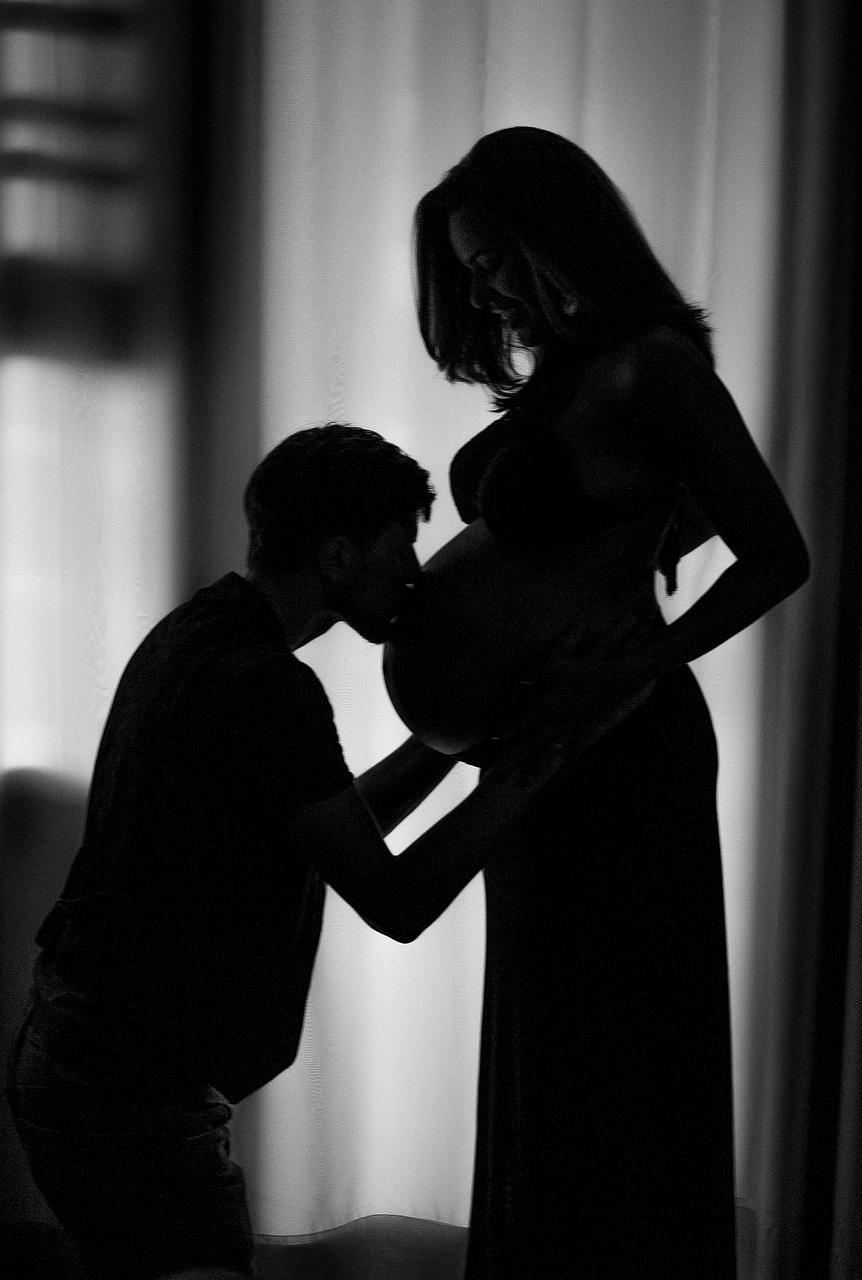When it comes to the early stages of pregnancy, it’s common for women to experience bloating that may be mistaken for a baby bump. This initial bloating is primarily due to hormonal changes and increased levels of progesterone, causing the digestive system to slow down and retain more water. It’s important to note that during the first trimester, the uterus remains low in the pelvis, typically below the pubic bone, making it unlikely to show a visible bump at this stage.
As the pregnancy progresses, the uterus gradually moves upward and expands to accommodate the growing baby. By around 12 to 14 weeks, some women may start to notice a slight rounding of their lower abdomen, which can be attributed to both the uterus expanding and the bloating subsiding. However, this initial growth is usually not as pronounced as a full-term pregnancy belly.
By the midpoint of pregnancy, around 20 weeks, the uterus typically reaches the level of the belly button, marking a significant milestone in the visible changes to a woman’s abdominal area. This is when many expectant mothers begin to develop a more defined baby bump that is distinguishable from mere bloat. The shape and firmness of the belly can also be indicative of a pregnancy belly as opposed to temporary bloating.
One key factor in determining whether you’re experiencing bloat or a pregnancy belly is the consistency of the protrusion. Bloating tends to fluctuate throughout the day and may be accompanied by discomfort or gas, whereas a pregnancy belly will steadily increase in size as the baby grows. Additionally, a pregnancy belly is usually firmer to the touch due to the stretching of the abdominal muscles and skin to make room for the developing fetus.
It’s crucial to consider other symptoms and signs of pregnancy when distinguishing between bloat and a pregnancy belly. Common pregnancy symptoms such as breast tenderness, nausea, fatigue, and changes in appetite are often present alongside a growing belly, further confirming the likelihood of being pregnant. Missing a period and experiencing positive pregnancy test results can also provide clarity in this regard.
Consulting with a healthcare provider is always recommended if you’re unsure about the changes happening in your body. A healthcare professional can conduct a physical exam, ultrasound, or other relevant tests to confirm a pregnancy and provide you with essential prenatal care. They can also offer guidance on managing bloating and discomfort associated with early pregnancy.
In conclusion, while bloat and pregnancy belly may share some visual similarities early on, there are distinct differences that become more apparent as the pregnancy progresses. Understanding the anatomical changes taking place in your body and being attuned to accompanying pregnancy symptoms can help you differentiate between these two conditions effectively.

